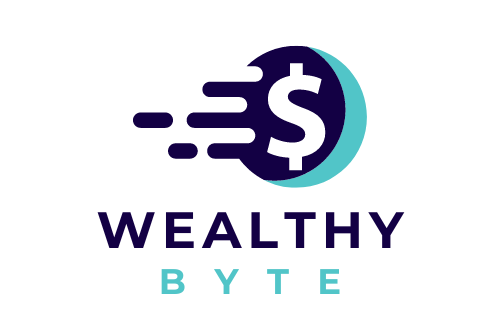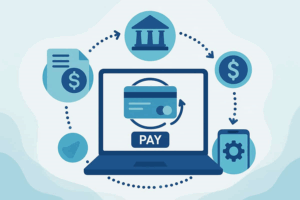
A construction project budget is finite. Yet some projects have new or unexpected expenses that come up seemingly every other day. Managing construction project expenses requires careful oversight, typically using contractor accounting software and similar tools. Managing expenses begins with defining the scope and ensuring an accurate estimate has been given.
From there, here’s what a project manager can do to control expenses and maintain a budget.
Document All Expenses
Every dollar spent on a construction project must be accounted for. Maintain detailed records. Upload invoices, receipts, and purchase orders into cloud-based software for easy access.
Track Actual Costs
You have planned costs and actual costs. Track actual costs to ensure you catch variances and avoid budget overruns. This can involve creating a cost baseline, periodic reviews, and using construction accounting software to streamline oversight.
Train Your Team on Financial Limits
Every team has financial limits to adhere to. Ensure team leads are trained on a project’s financial goals and understand the importance of staying within a certain budget. Mandate tracking and reporting costs.
Define Essential Resources
Know the essential parts of your construction project that require and rely more heavily on your budget than others. If decisions need to be made on where to allocate funds, know the most important areas that should receive those funds.
Defer Non-Essential Expenses
When necessary, defer non-essential expenses. Critical tasks, such as structural integrity and safety, warrant pending.

Non-critical tasks, however, will sometimes need to be adjusted or postponed to avoid impacting existing timelines.
Set Cost Control Benchmarks
Cost control benchmarks should be set for every category of spending on your project. Use software to set clear spending limits for each project phase. Ensure these limits are adhered to minus emergencies.
Use Contractor Accounting Software
Contractor accounting software can itemize planned and actual costs for materials, labour, and subcontractors. It can also track expenses and automate financial management to a certain degree, providing an accurate glimpse into spending in real time.
Ensure Accurate Labor Costs
Monitor labor in terms of time and attendance. With time-tracking tools, you can use contractor accounting software to ensure accurate payroll. Performance data can also give insight into how efficiently tasks are performed and how well labor is deployed in spending.
Material Costs And Delivery
Choosing the right materials is crucial in construction projects, especially for outdoor surfaces like driveways and parking lots. There are several parking lot options to consider, each with different costs and maintenance requirements.
Minimize Equipment Costs
Carefully evaluate renting versus purchasing equipment based on project duration and equipment utilization. Keep your equipment on a maintenance schedule to avoid unexpected downtime and emergency repair costs.
Assume Unforeseen Expenses
When setting realistic budgets and profit margins, factor in that you are likely to encounter unforeseen expenses somewhere.

Alongside what you allocate for labor, materials, and equipment, set aside a part of your budget for unforeseen expenses. This is the best way to prepare.
Check and Adjust Contingency Reserves
The further your project comes along, the more likely you will have to adjust your contingency reserves, growing or depleting them. The average percentage to set aside from your budget for unforeseen expenses should be 5-15%. If you don’t use these funds, invest or reinvest them elsewhere.
Avoid Scope Creep
Once the project scope is locked in, do not alter it. Clearly outline deliverables, timelines, and specifications to stakeholders. Any requested cost increases should be carefully evaluated and denied when they do not support the agreed-upon scope.
Maintain Communication with Stakeholders
Be open with financial updates to clients. Provide clear reports to clear up misunderstandings, maintain trust, and avoid disputes. Ensure you have the reports and data to back up any such request if you need to approach them to make budget adjustments.
Monitor Profit Margins
Monitor project profitability regularly and analyze revenue versus expenses. Ensure the construction project is kept healthy financially and adjust operations where needed to boost profits.
Update Cost Projections
As project spending shifts and adjusts, so should your cost projections. Revise budgets based on progress. Use real-time data to revise cost forecasts and be transparent about what these forecasts are, adjusting for inflation, price hikes, and evolving market conditions.
Ensure Full Compliance
Pay invoices on time to avoid late fees and penalties. Many construction projects automate payments, which helps ensure legal and contractual compliance. Ensure your project has the right permits and follows all regulations to avoid fines.
Set Clear Expectations on Payment Terms
Establish expectations regarding invoicing, project phase payments, and cash flow. Use accounting software to manage payment schedules and cash flow, with reminders set to avoid delays or other issues.















